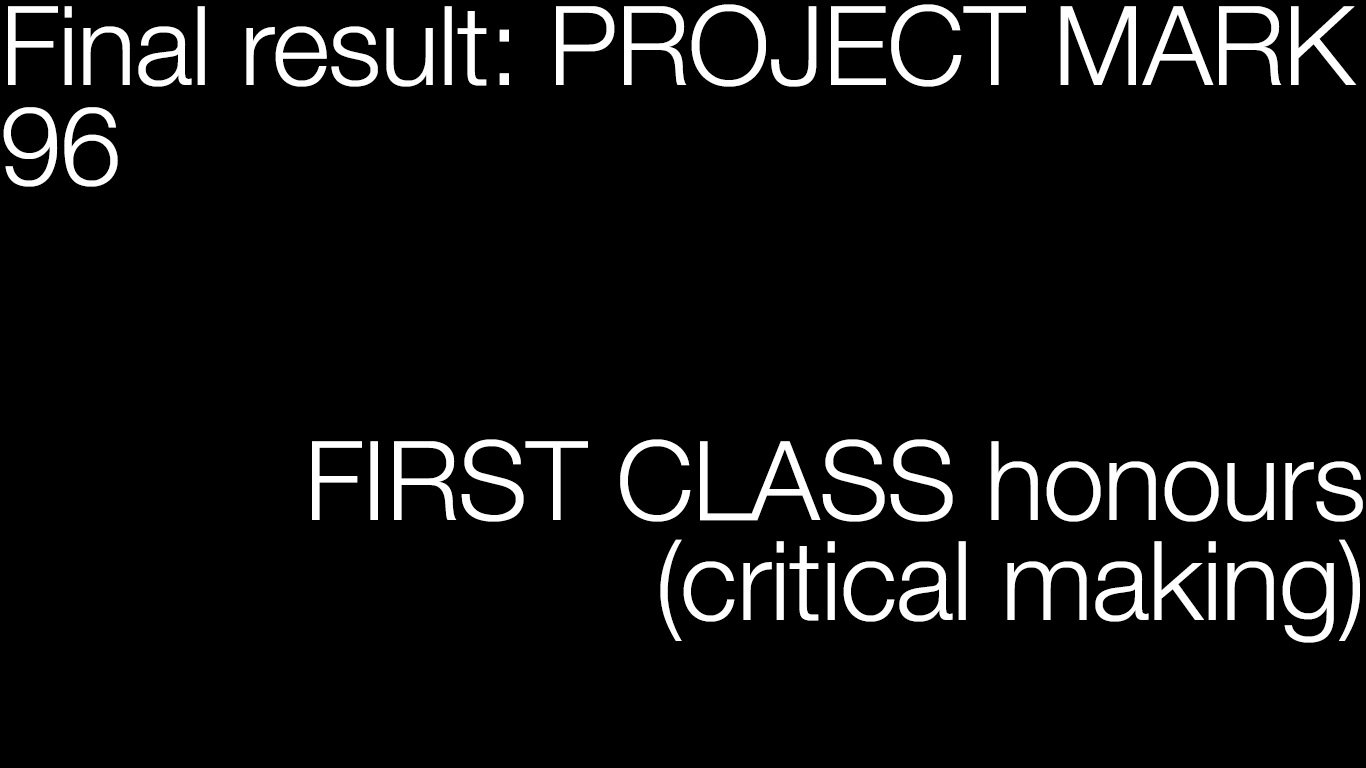The Aesthetics of Desire, Honours Thesis
“How might design be used to critique hyper-consumptive social media messaging?”
UNSW Design
2016
Social media has mutated the marketing landscape. My honours thesis used Cinema 4D and Octane Render to express speculative design through critical making. This series is an exploration of how hyper-consumerism creates artifice.
I weaved influencer archetypes into a common cultural concept of vices to critique the unsustainable expectations of social advertising.
Research aim
The project aims to reframe these messages to consumers as undesirable. It exposes the role of promotional content in associating conspicuous consumption with user gratification. Challenging how they are perceived offers potential to redirect user awareness to conscious consumer behaviours. The project seeks to present alternative insights into consumer perceptions of social media culture.
Rationale
We trust the product recommendations of our friends and family. According to The Nielson Company, 94% of consumers value their opinions over those of a brand. This is the premise of the Influencer Marketing strategy. Brands partner with key influential media accounts to communicate value to loyal followers. Social scientist Marion Goor locates current research into this field as neoteric. The objective of this project is to remove persuasive power from these accounts. The archetypes presented are taken from the Functional Intelligence f(IQ) platform.
Archetype 1
the mega-influencer
A celebrity who offers fans a snapshot into all aspects of their lives, and feed followers’ social vulnerabilities through presenting idealised and symbolic realities. Their channels link life satisfaction with the acquisition of material goods.
See: Selena Gomez, Cristiano Ronaldo, Kim Kardashian
Provoking emotional responses through visual media is not new, and is observable in traditional advertising. However, Instagram allows users to personalise their media consumption. Users directly communicate with their followers, and curate their content feeds. This differentiates the platform as a trusted source of information.
Archetype 2
the gaming star
Creators who rise to fame through playing and streaming games. They stream hours of consciousness, inviting loyal viewers into their private spaces as they play.
See: PewDiePie, Markiplier, Matt Haag
The work manipulates user perceptions of objects and products in these scenarios. It works to defamiliarise consumers with the content in their media channels.
Archetype 3
the personal touch
Marketers want fashion icons with their own identity and personality beyond a brand. This individual acts as an authority on style, with links at the ready for viewers to shop from.
See: Kylie Jenner, Huda Kattan, Patrick Star
The seven deadly sins form the antithesis of moral values within philosophy and religion. These vices damage the self through distorting certain unattainable traits as worthwhile. This is reflected within influencer marketing, where commodification is linked to user life satisfaction.
Archetype 4
the team player
This individual has a large personality, and collaborates with other like-minds to create comedic content.
See: Logan Paul, Liza Koshy, Shane Dawson
Mapping these scenes forced me to deconstruct the image-making process to consider not just the appearance of an object, but also its spatial relationships.
Archetype 5
the chef influencer
Humanises the kitchen experience, by inviting followers into their kitchens as they create edible artwork, and promote ingredients, tools and recipes.
See: Rosa Pansino, Jamie Oliver, Nigella Lawson
An artist’s mannequin forms part of the scene of each prototype. The unisex model gives a sense of scale, and removes the identity from an influencer. It light-heartedly engages with its scene in not-quite-exaggerated style.
Millennial users responded favourably towards subtle humour or irony due to its truth element. They can project themselves onto the figure.
Archetype 6
the adventurer
The individual creates lifetime narratives that create storylines that blend across journeys. Users project themselves onto aspirational destinations, experiencing all the creature comforts of first-class travel.
See: Jackson Harries, Murad Osmann, Jack Morris
Identity is also removed from consumer objects. Colour and texture is simplified, reducing objects of desire simply to physical stuff. The familiar becomes the unfamiliar to confuse the viewer.
Archetype 6
the animal
The individual is not human. Creating an account for an animal forms a vacuum to be filled by products for pet health, safety, toys, and superfluous accessorising of the animal to fit a lifestyle of perfection.
See: Jiff Pom, Nala the cat, Doug the Pug
Speculating on what could be assumes the potential to locate distorted realities in our personal spheres, and to assert the role of design as a groundbreaking practice not restricted to commercial corporate agendas
Reflection
This thesis was finished in 2017. Instagram has grown exponentially in this time, and as a result influencers are now commonly categorised by follower amount (mega, macro, micro, nano). Their practices seep into each sin, and disciplines cross over to form a macrocosm of branded identity and unsustainable voyeurism.






























